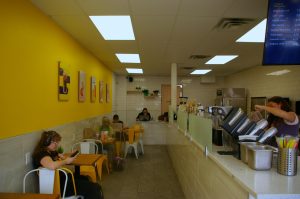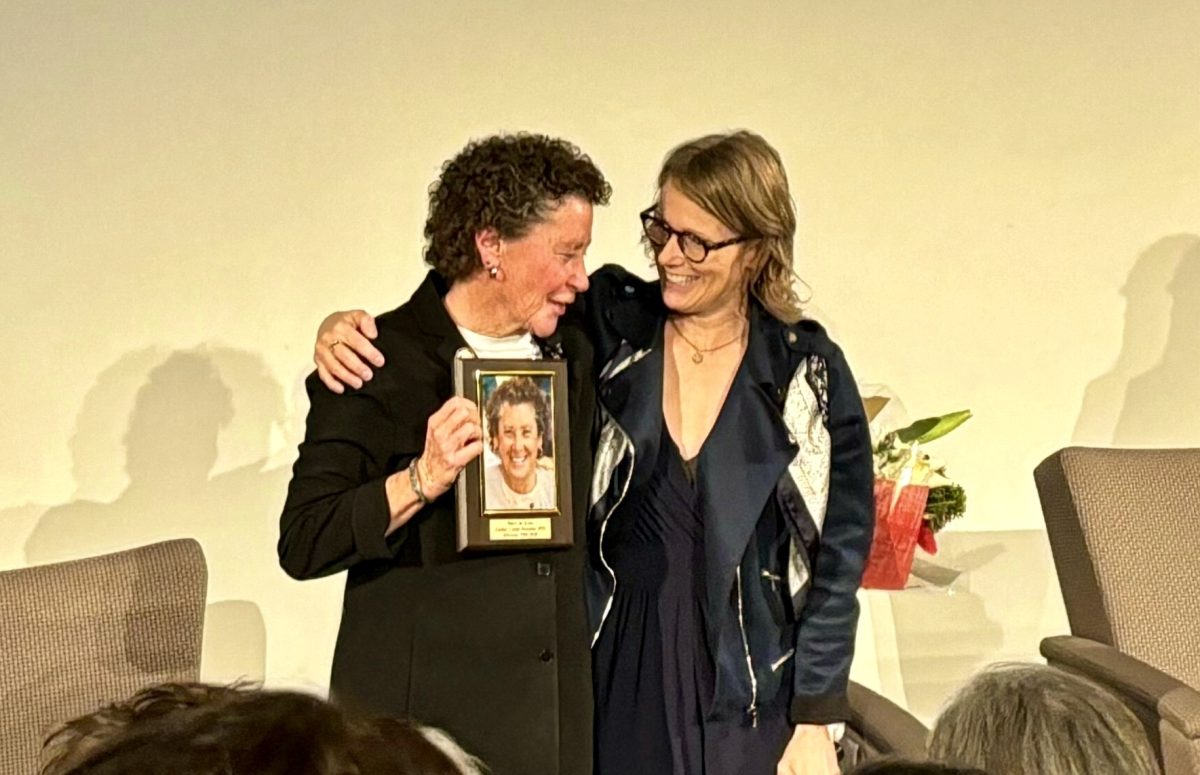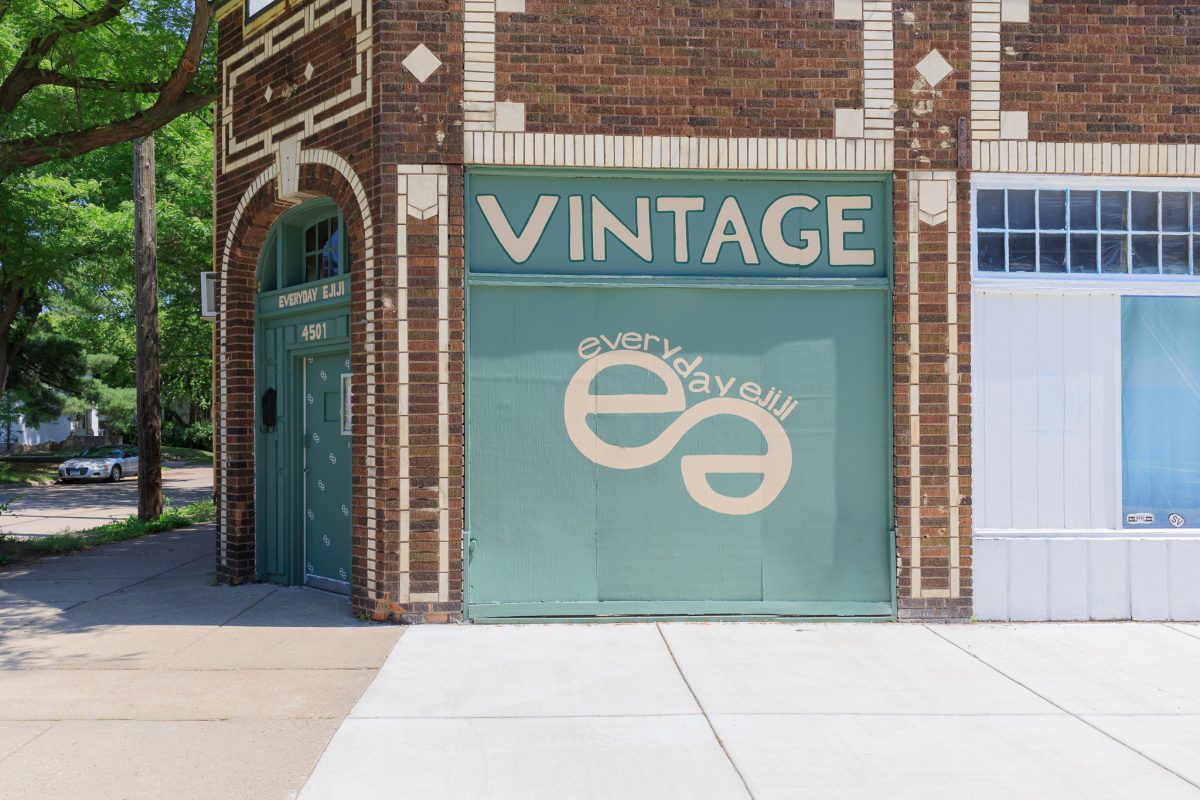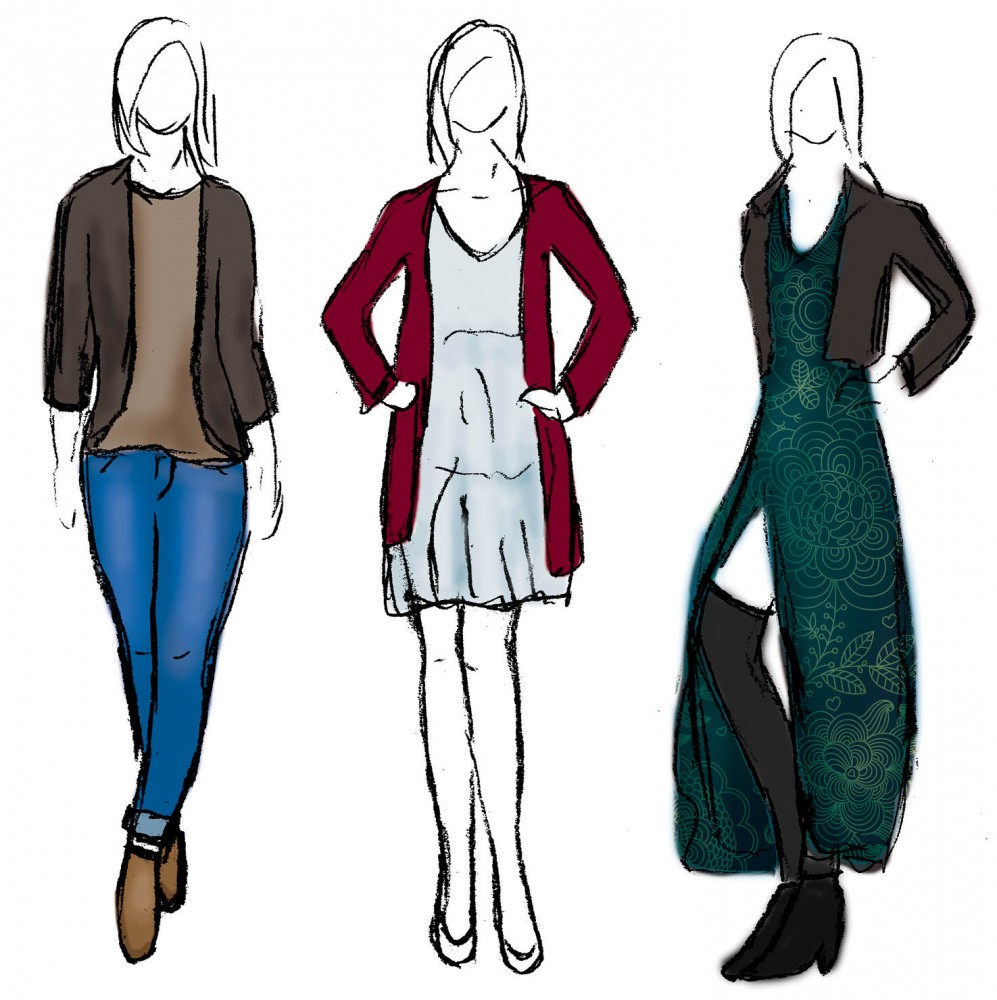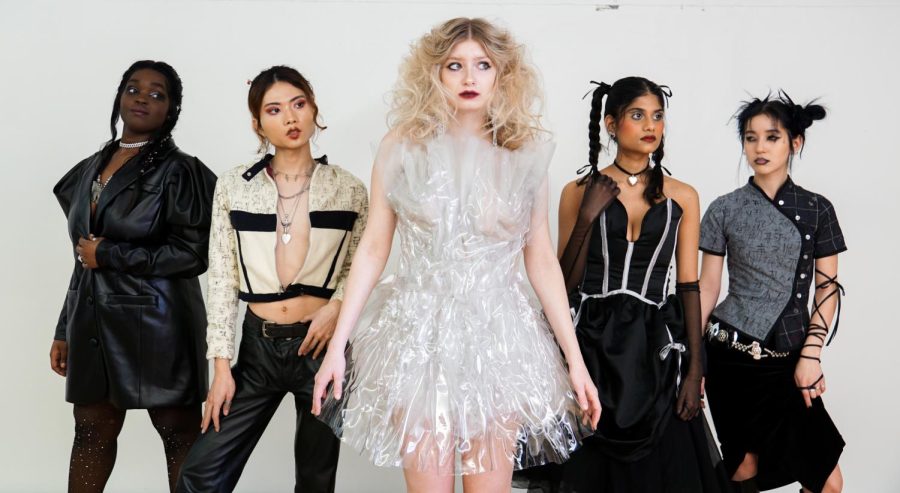In black-and-white paintings, cinema icon Natalie Wood âÄî her legendarily lovely, winsome brown eyes in various expressions of distress âÄî sees her features marred by soft-focus blurs of grey, as though someone has dripped acid on the old-fashioned film that used to hold her image. The hands responsible for WoodâÄôs artistic disintegration belong to Ruben Nusz, a 31-year-old local artist and University alumnus. He says he was inspired by WoodâÄôs tragic fate, which included a lifelong terror of water, a suspicious, boozy midnight boat trip and a death by drowning. âÄúFiction and reality blend together in these Natalie Wood works, but what IâÄôm after is some sort of emotional truth that I feel keeps evading me. It all sounds so cinematic,âÄù he says. âÄúI began to wonder about how paintings are created and if certain abstract expressionist, emotional brushstrokes can be employed without artists being at least subconsciously aware that they are performing, like actors. IâÄôm not saying new paintings canâÄôt be created, but I find it difficult to make genuine emotional brushstrokes without a sense of self-awareness, as if IâÄôm acting. It feels disingenuous.âÄù This is not the first time the South Dakota native has toyed with the concept of celebrity. He names fallen flapper Zelda Fitzgerald âÄî herself a tragic heroine of sorts âÄî and Andrea Yates as inspirations for his works. He once hung a curling iron over a bucket of water in an installation inspired by a real-life case of a mother who used a similar device to burn her child. In his Web site biography, Nusz mentions he was raised by cowboys in the lesser of the Dakotas, though when asked about his upbringing he says his parents, âÄúare cowboys in the sense that they dress âÄòcountry western,âÄôâÄù although, âÄúthey donâÄôt interact with cows, per se.âÄù Nusz uses his line-dancing parents as a touchstone when creating work like the curling iron piece. âÄúWhen my father sees something like that, he doesnâÄôt even know how to respond. Like life, art is oftentimes very irrational.âÄù âÄúThis quasi-kitsch sensibility has influenced my own work in that I strive to do the exact opposite of what they would consider âÄòart.âÄôâÄù However, plenty of local art fanatics consider themselves fans of NuszâÄôs multifaceted artistic talents. Barbette curator and art collector Teri Anvid, who owns a piece of NuszâÄôs work, says, âÄúI call him a âÄògiant freak brain.âÄô He’s got so much in his head and he’s so smart âĦ The first show I saw was such an inspiration; I couldnâÄôt believe the pieces were made out of resin, that they werenâÄôt real.âÄù MPLSart director Emma Berg says of Nusz, âÄúWith each piece every detail that Ruben adds is deliberate. The depth of meaning found in the layers of the work is unearthed through careful review, understanding of the reference figures/moment and through discussion with the artist. However, not knowing all of detailed meaning of the work does not distract from the overall success, since RubenâÄôs skill as a painter and sculptor can stand alone.âÄù When one peruses NuszâÄôs finely articulated Web site, they find that said work is all over the artistic spectrum. He dwells frequently on popular culture, defacing disgraced sports stars like Pete Rose in âÄúTragic Sports Stars from my YouthâÄù or scratching his fingernails over Natalie WoodâÄôs gorgeous visage. Not even âÄô80s one-hit wonder Billy Ocean escapes his grasp. When asked to pinpoint what sets his creative wheels in motion, Nusz simply says heâÄôs inspired by âÄúanything but fashion.âÄù Though the body of NuszâÄôs work seems to dwell on an intelligent, oft-darkly funny interpretation of tragedy, he likes to leave interpretation open to the viewer. âÄúThe interesting thing about art is that once other people [viewers] are exposed to the works, itâÄôs no longer the creatorâÄôs vision that matters; only the viewerâÄôs does. ItâÄôs hers for the taking,âÄù he says. Nusz works, like many modern artists, in a variety of media, from paint to photo and back again. In the past, he used marshmallows, cigarette butts and popcorn fashioned with resin, wax, cremation ashes and tea for âÄúEmpty,âÄù an installation piece which manages to be at once depressing and wry. He directed a feature-length documentary in 2003, had his work entered into the permanent collection of the Minnesota Museum of Art, writes reviews of local shows and big-name crowd-drawers at the Walker. If this doesnâÄôt sound like a full enough plate of projects, Nusz has since found the time not only to create his own work, but to foster the creativity of fellow local artists with his recently-opened gallery, titled SELLOUT. âÄúIâÄôve only recently realized how fabulous the arts community is here. Outside of New York, Minnesota is one of the top states in arts funding. And we have some really amazing art institutions and non-profits,âÄù he says. So alongside fellow artists John Fleischer and Scott Stulen, Nusz launched the small gallery, housed comfortably in art-centric Northrup King building. METRO magazine applauds any new gallery, but says SELLOUT has the potential to be âÄúactually great,âÄù and the trioâÄôs vision for their brainchild supports that opinion. âÄúWe want to provide a space for independent curators to experiment on a small scale that isnâÄôt as intimidating as, say, The Soap Factory,âÄù Nusz says. âÄúThe name SELLOUT is definitely tongue-in-cheek. Yet in some ways, itâÄôs not. I, for one, donâÄôt believe that art can exist in a vacuum. Culture and context are key. To make art in our capitalist framework one has to take into account that everything is commodified, even things that avoid commodification. The name SELLOUT is just another way to de-mythologize art, specifically conceptual art, to make it more accessible.âÄù





